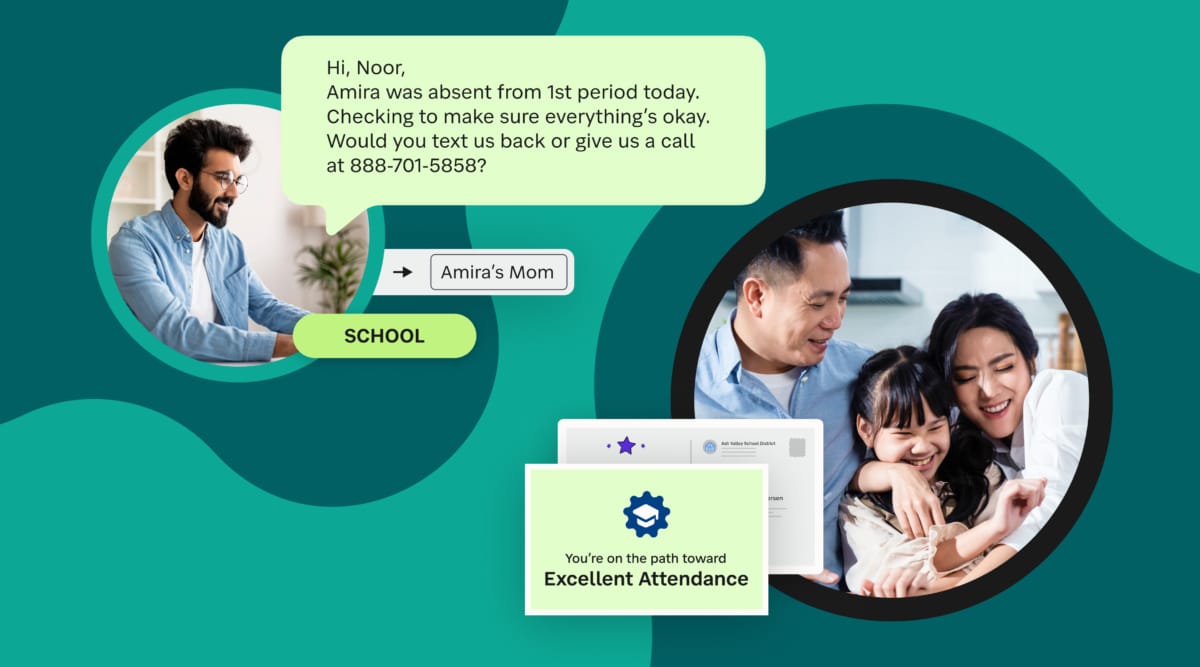

Often when districts are thinking about Elementary and Secondary School Emergency Relief Fund (ESSER), they’re thinking, “HVAC.”
But ESSER covers a lot more than infrastructure. The key to learning recovery post-Covid is attendance. School communication is an essential piece of that. Attendance is the #1 predictor of student success. So, it makes sense to think about how to put absenteeism prevention in place using ESSER funding.
Let’s take a look at some of the core areas for ESSER funding and how they relate to school/home communication.
1. Technologies for Educational Interaction
The more teachers communicate home, the more successful their students are. The reason is that it builds trust. Teachers share what’s happening in the classroom. Families feel informed and able to support their learners. The more families feel in-the-know, the more they appreciate the teacher’s efforts. Weekly updates communicate care. If they’re digital, then families can view them from any device. Teachers can follow up with phone calls or translated text messages. This lets students know someone in the building cares about their presence. SchoolStatus Connect Advanced Tier empowers teachers to easily connect via translatable broadcast newsletters and 2-way translatable text messaging.
This kind of consistent communication is fundamental to productive learning recovery.
2. Reaching Multilingual and At-Risk Families

Right now, 1 in 5 students speak a different language at home and the numbers are rising. This means translation features are non-negotiable for school communications. In order for families to support their students, they need to be able to read the materials schools send home. At-risk families struggle with lack of access to technology. So, a solution needs to be easy to access. It shouldn’t require an app or extra download. It has to have options for type of contact. And it must translate into families’ preferred language with ease. The same goes for forms. Translated universal attendance measures, like the ones offered by SchoolStatus Attend, should focus on the positive. It’s never that families don’t care. Often, they simply can’t access the information or support they need to help their students succeed.
So let’s make sure all families feel included and able to take part in what’s happening at school.
3. Providing Mental Health Services and Supports
All families are dealing with fallout from the pandemic, but particularly at-risk families. This raises the stakes for districts, who must have means to get information home to all families. This is where the right school communication tools make all the difference. What’s required? School counselors need to share materials, surveys, and resources that reach all families. Second, they need the ability to do 1:1 outreach in a Family’s preferred format and language. Accessibility, translation, and mobile-friendly features aren’t up for discussion. They are a must-have. Any extra step is one more barrier to helping the families who most need our help. A careful school communication plan is as important to good schooling as great teachers.
So, let’s make sure to put our federal dollars where they’ll do the most good–helping students to come to school, every day.
Stay Connected
News, articles, and tips for meeting your district’s goals—delivered to your inbox.





